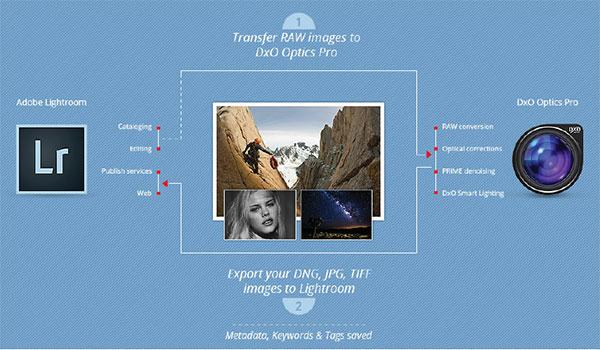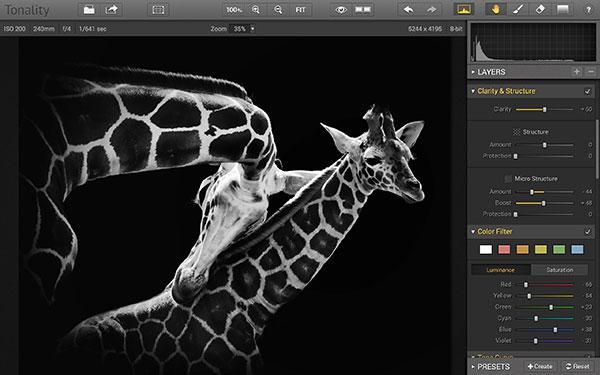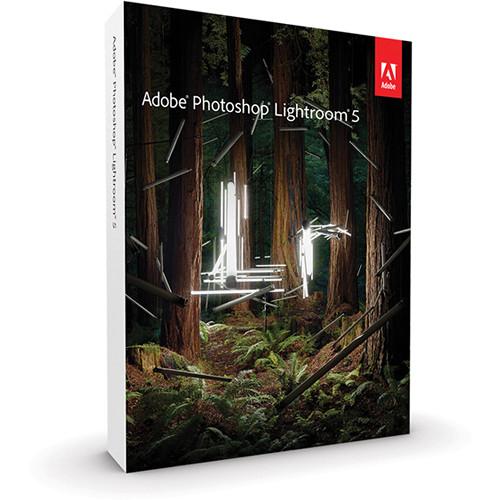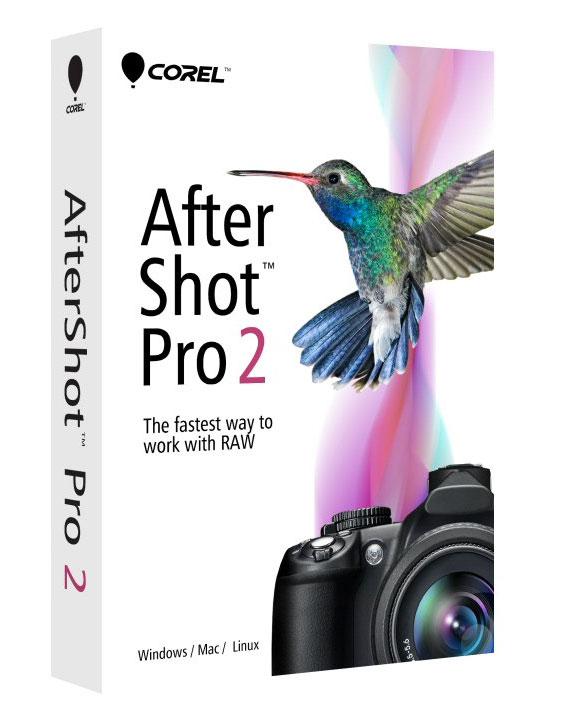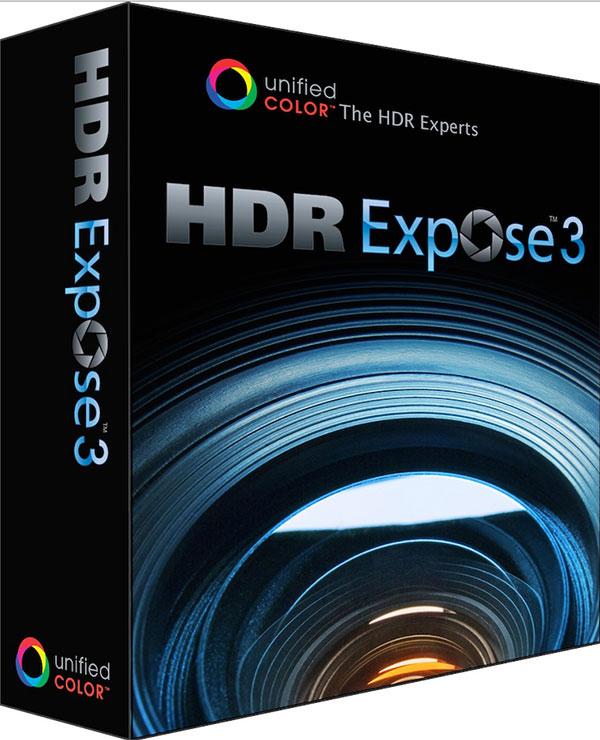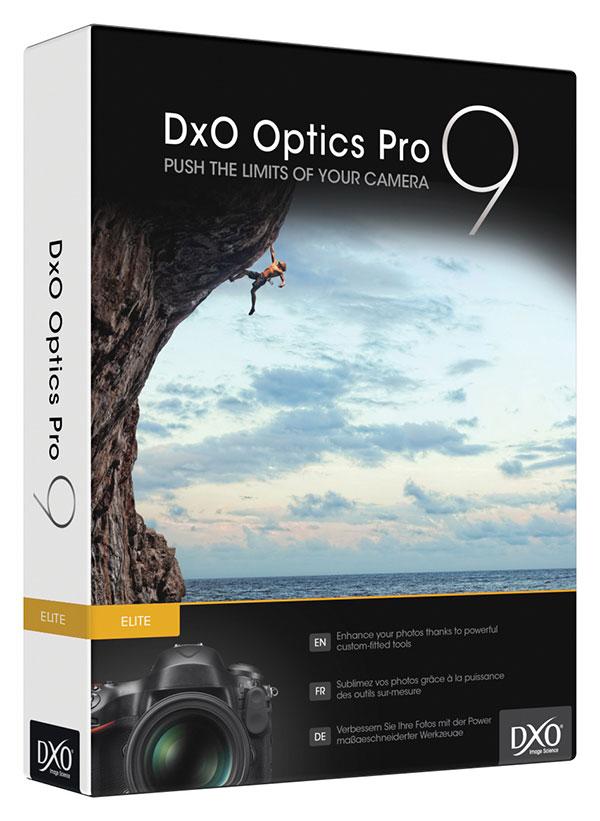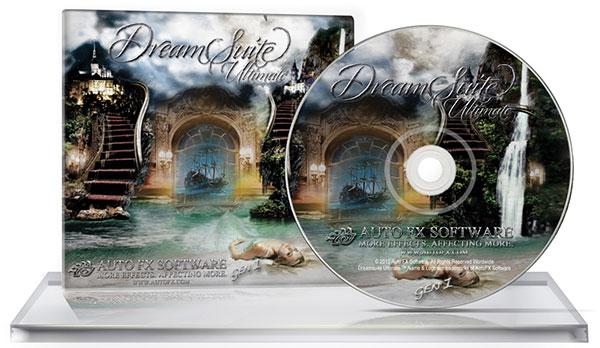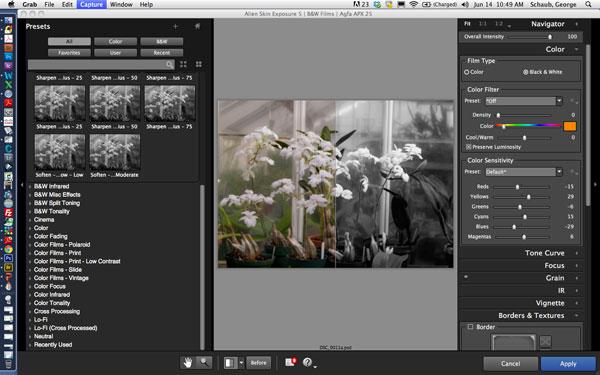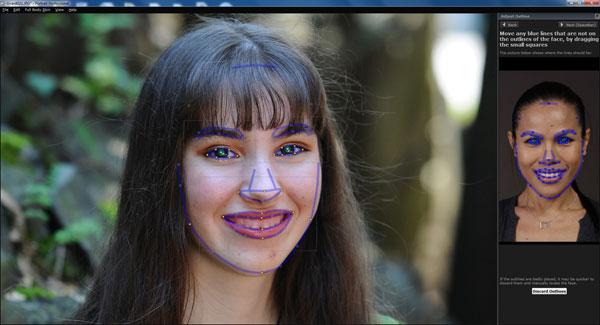|
Aug 19, 2014 |
|
Aug 01, 2014 |
|
Jul 31, 2014 |
|
Jul 18, 2014 |
|
May 30, 2014 |
First Published: May 01, 2014 |
|
Jun 03, 2014 |
First Published: May 01, 2014 |
|
Feb 24, 2014 |
First Published: Jan 01, 2014 |
|
Feb 27, 2014 |
First Published: Jan 01, 2014 |
|
Dec 06, 2013 |
First Published: Nov 01, 2013 |
|
Dec 31, 2013 |
First Published: Nov 01, 2013 |
|
Jan 07, 2014 |
First Published: Nov 01, 2013 |

